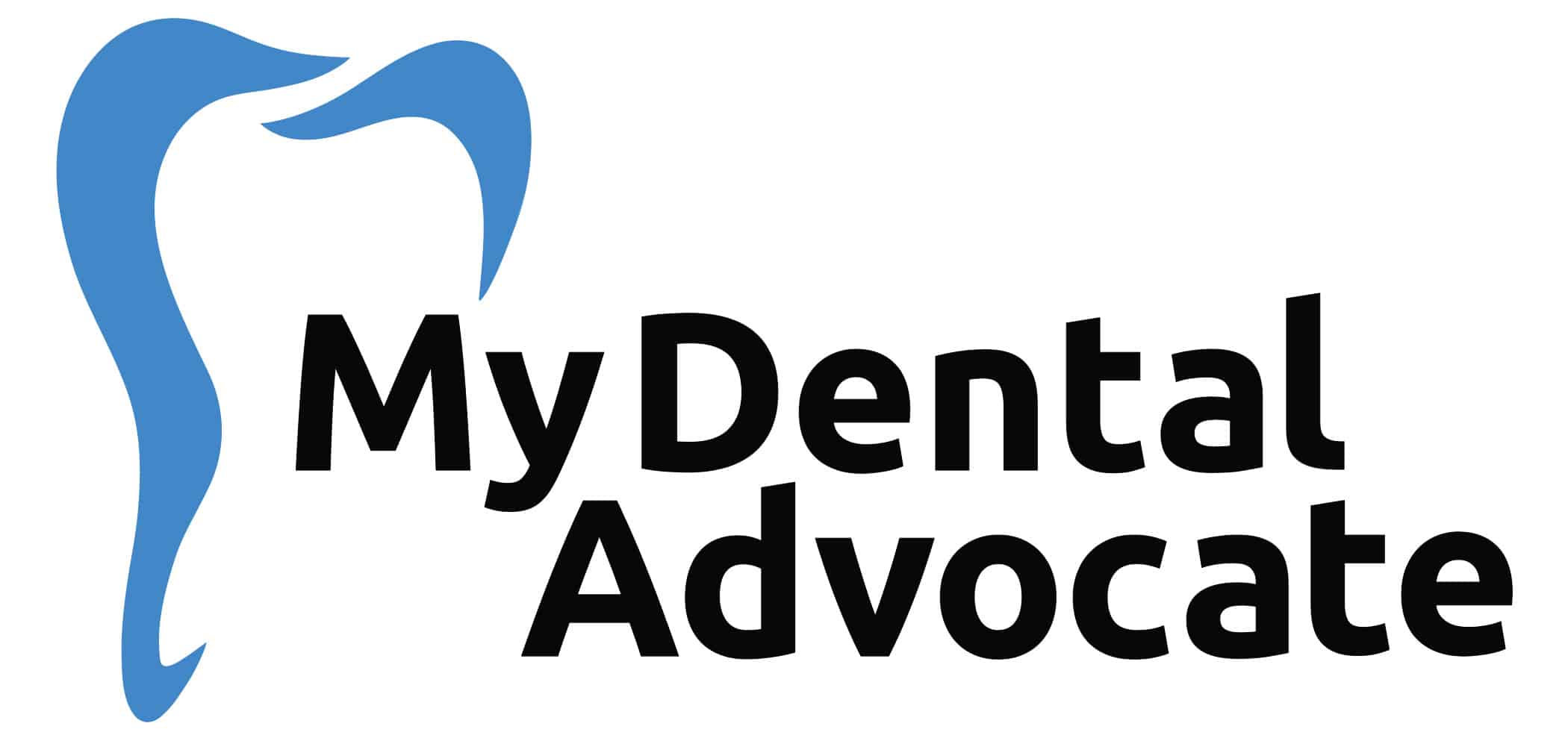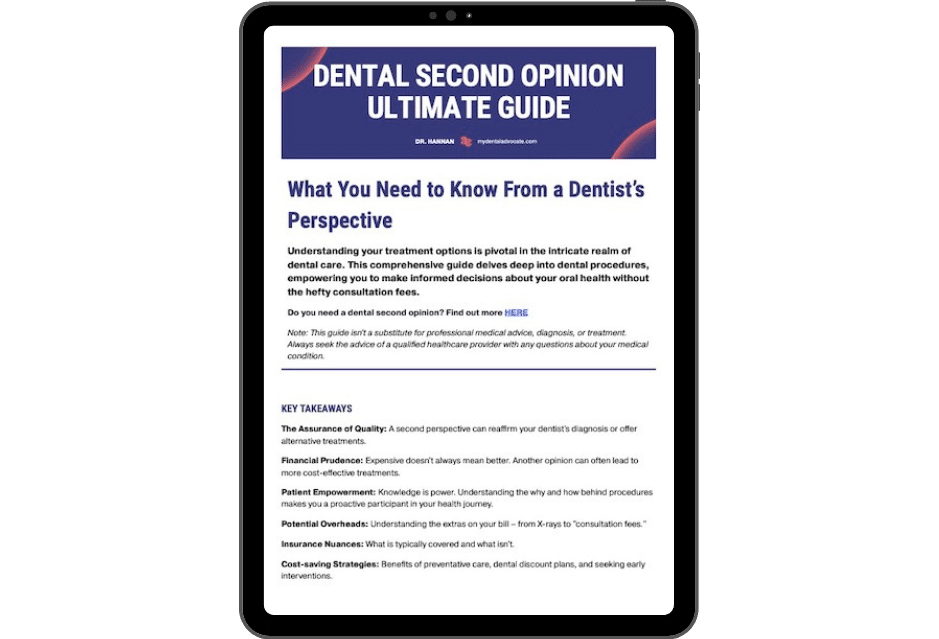Cavity Fillings (Expectations, Types & Aftercare)
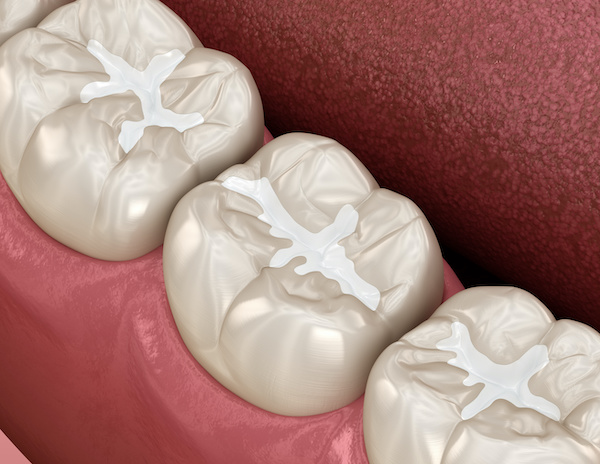
According to the American Dental Association (ADA), 91% of Americans over 20 have had cavities at some point in their lives, and 27% of people over 20 have untreated cavities!
If you’ve ever had a cavity, you know how uncomfortable it can be. Regular dental visits can uncover cavities before they become a pain.
There are many filling materials, and each is unique in function, composition, and utility.
Recommended Reading: Top 10 Habits for Improved Oral HealthWhat Type of Filling Material Is Best?
Fillings are essential to preserve the remaining tooth structure and prevent tooth fractures.
Some fillings are technique-sensitive (composite, inlays, onlays), while others are used when isolation is difficult (amalgam) or fluoride release is desired (glass ionomer). Isolation refers to keeping the tooth clean and free from saliva contamination during the filling process.
At times, adequate isolation is challenging; however, it’s essential for therapeutic success and longevity. Your dentist will review your options with you before treatment. But first, let’s compare the pros and cons of their most common filling materials.
Related: Learn more about CavitiesAmalgam Pros
Amalgam Cons
Composite Pros
Composite Cons
Ceramic Pros
Ceramic Cons
Glass Ionomer Pros
Glass Ionomer Cons
What Are the Steps Involved?
First, the clinician will carefully remove the decayed tooth structure.
If the cavity is superficial, the clinician may remove the cavity without using an anesthetic, which is ideal for many reasons, including verifying the bite after correctly completing the restoration.
If anesthesia is necessary, the clinician will apply topical benzocaine, followed by an anesthetic.
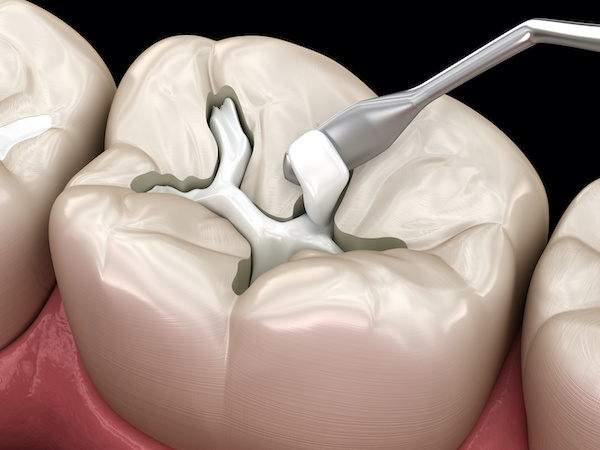
After adequate anesthesia, the clinician will remove the cavity using a high-speed drill, followed by a slow-speed drill.
The slow-speed drill removes decay less aggressively to prevent trauma to the underlying pulp tissue.
Also, the clinician will have better control in removing the cavity without exposing the nerve.
The clinician may apply medication to prevent postoperative pain and future complications if the cavity is near the nerve.
This procedure is referred to as an indirect pulp cap. The dentist may use a direct pulp cap if the nerve is minimally exposed during decay removal.
A direct pulp cap technique is successful if isolation is maintained and minor trauma.
After removing the cavity, the area is irrigated and isolated to prepare the surface for proper bonding.
If the clinician uses amalgam or glass ionomer, the materials are prepared, applied, and allowed to set. If a composite resin is used, the area in the tooth is acid-etched, the dentist will apply the bond, and the dentist will use a light to set the material.
Then, the composite resin is layered in place and cured.
The clinician often overapply the material and polish it to an ideal size and shape. Finally, the bite and interproximal contact (contact with adjacent teeth) will be evaluated and adjusted.
Your clinician will ask you to bite down and grind your teeth adequately so high spots can be visualized and fixed before leaving the clinic.
Aftercare (Post-op) Instructions
Upon completion, the dentist will advise you to avoid eating until the anesthesia has worn off to prevent unnecessary tissue trauma.
The numbness should subside after a few hours. At that time, it’s normal for your teeth to be sore and tender. You should lightly massage your jaw muscles and apply a cold pack if needed. Also, your clinician may encourage you to take an NSAID to help heal.
Sensitivity with the restoration is possible for 1-2 weeks.
However, if you still feel discomfort, be sure to contact your clinician. You may be biting high on the restoration, and adjustments will be needed to eliminate the source of pain.
If dental pain begins to wake you up at night or the toothaches uncontrollably, you may have irreversible pulpitis, and a root canal may be recommended.
Considerations
Composite resin fillings are primarily used because of their versatility and availability. Inlays and onlays are best suited when the preparation size is too large for a predictable filling.
If the clinician is equipped with a scanning unit, they’ll be able to design, fabricate and deliver the restoration within a few hours. A full-coverage crown is avoided in this scenario, and the tooth structure is preserved.
Related: Best MDA Recommended ProductsMy Experience & Expertise
Dental fillings are essential to repair and replace missing tooth structures.
Have you recently been diagnosed with needing a filling or crown? Are you confused about the diagnosis or treatment options?
My Dental Advocate’s team of board-certified dentists can provide a second opinion on your planned treatment. We look forward to bringing you peace of mind by verifying your treatment plan, suggesting an alternative, or answering your questions.
Need a second opinion? We can help! Learn more. Knowledge is power when cultivating healthy dental habits. The more informed you are, the better positioned you’ll be to prevent avoidable and potentially costly dental procedures for you and your family. Watch for future blog posts, where we’ll continue sharing important information, product reviews and practical advice!

About the Author
Dr. Matthew Hannan, also known as “Dr. Advocate,” is a board-certified dentist on a mission to provide accurate dental patient education. He attended Baylor University before completing dental school at UT Health San Antonio School of Dentistry. He now lives in Arizona with his beautiful wife and 4 kids. Dr. Hannan believes everyone should access easy-to-read dental resources with relevant, up-to-date dental research and insight to improve their oral health.

Connect with Dr. Hannan!
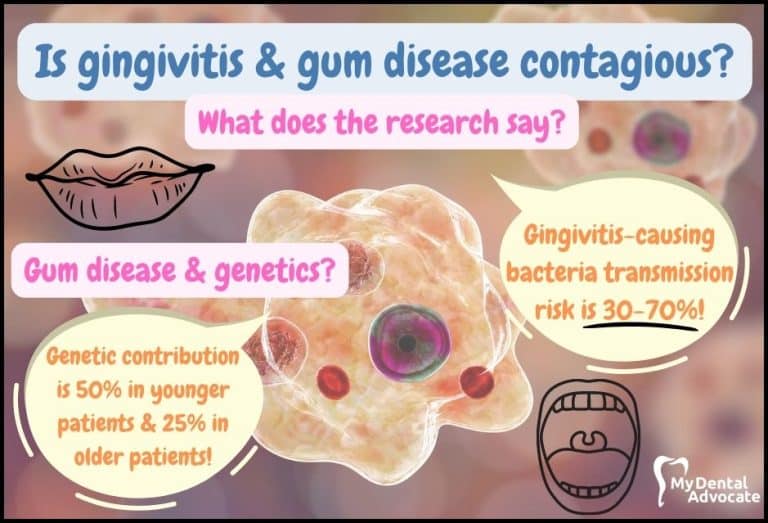
Is Gingivitis & Gum Disease Contagious? (What the Research Says 2024)
Gum disease affects nearly half of adults over 30 years old. And according to the American Dental Association (ADA), it is the number one reason people seek dental care. If left untreated, gum disease can result in tooth loss.
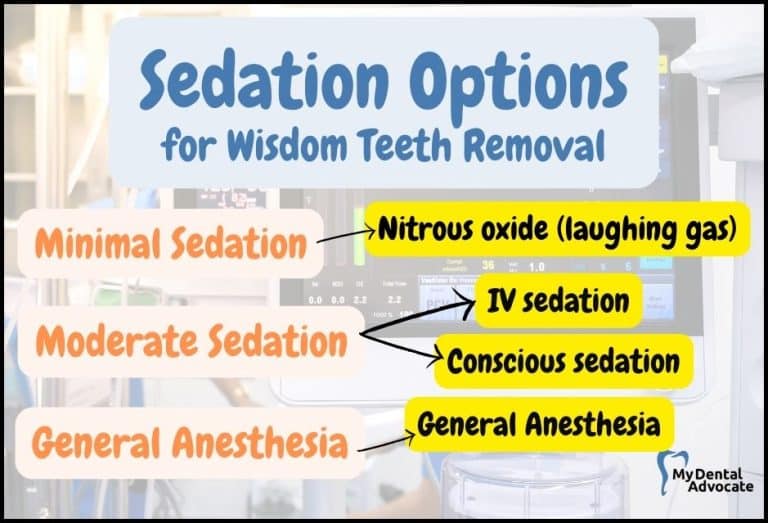
Sedation Options for Wisdom Teeth Removal (Expert Advice)
Wisdom teeth removal can be intimidating, especially if you’ve never been sedated. With many anesthesia options available, how do you know what method is best? Understanding the differences between each option…
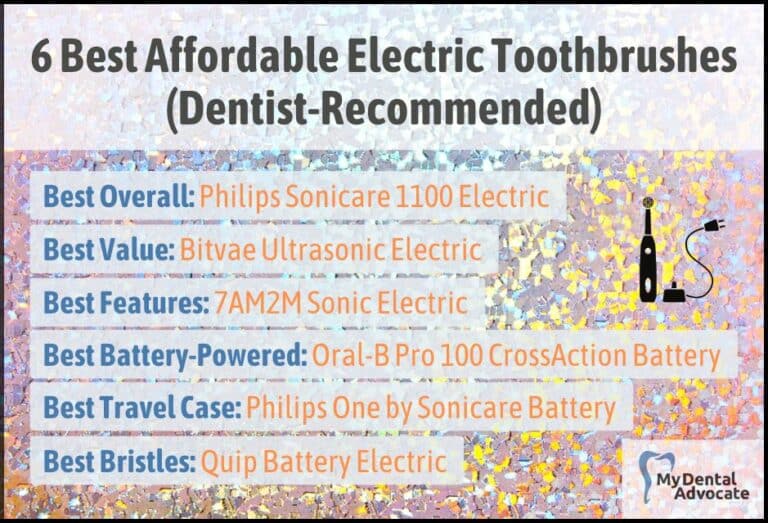
Best Affordable Electric Toothbrush 2024
Looking for an electric toothbrush that’s easy on your wallet yet delivers exceptional results? You’ve come to the perfect spot! As a dentist who’s reviewed 200+ dental products, I know the significance of discovering an economical…
Gain Clarity with Our FREE Second Opinion Guide
Receive clear, expert second opinions online within 48 hours. Start today!
Product Reviews
Our 250+ dental product reviews (and counting), curated by an experienced dentist, are the most comprehensive online.
Toothbrush Genie
State-of-the-art chatbot designed to help you discover your perfect toothbrush in just a few simple steps!
Cavity Risk Assessment
Cutting-edge digital tool designed to evaluate your individual cavity risk based on your responses to a series of questions.
Gum Disease Assessment
Discover your gum disease risk with our quick and engaging 6-question assessment!
